“Shanghai Embraces AI”, the City's Intelligent Transformation
![]() 07/31 2025
07/31 2025
![]() 507
507
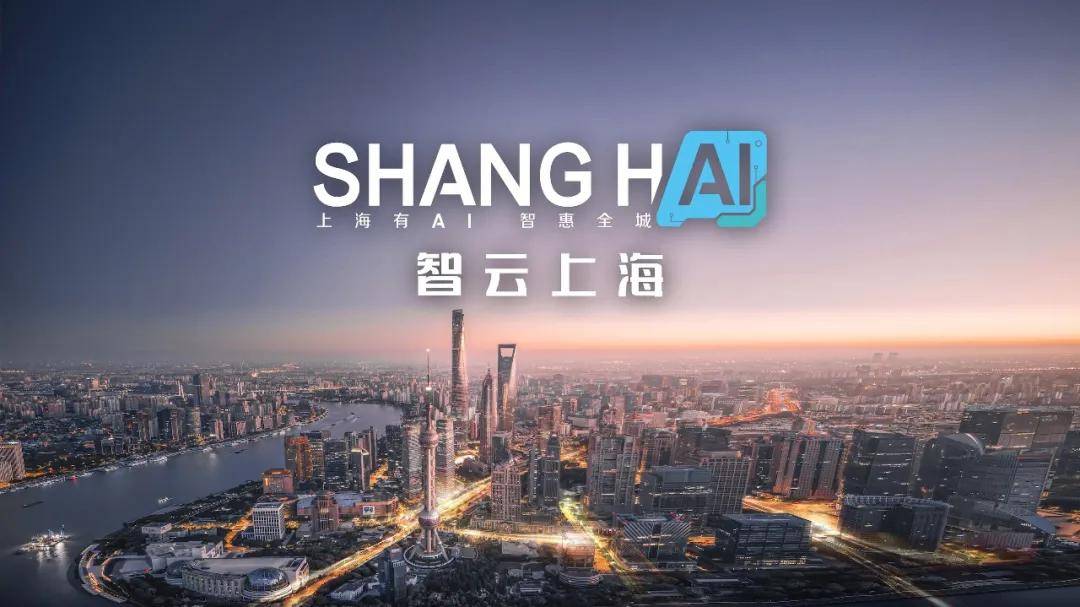
If AI is a beacon of technological advancement, it has now illuminated the streets and alleys of Shanghai.
The recently concluded World Artificial Intelligence Conference (WAIC) 2025 sent a clear signal: the focus of global AI innovation is gradually shifting from "competing in model capabilities" to "exploring real-world applications", heralding a new chapter – from the laboratory to city streets, from cloud computing power to everyday life.
Shanghai stands at the forefront of this transformation.
Compared to previous years, WAIC 2025 is not merely a showcase for innovation but also a window that reveals another facet of Shanghai – a city where wisdom and life seamlessly coexist. AI-assisted diagnosis and treatment in community dental clinics, AI agents on industrial production lines, autonomous driving trucks, and scheduling assistants in major ports... AI is no longer confined to academic papers but has become an integral part of the city's "heartbeat".
And Shanghai's AI progress continues unabated.
At the WAIC 2025 venue, Shanghai Telecom officially launched the urban informatization service brand "Smart Cloud Shanghai", establishing an urban intelligent service system that embodies "Shanghai Embraces AI, Benefiting the Entire City". This system comprises a city-level intelligent infrastructure, an AI network covering the entire region, and versatile landing capabilities, forming a sustainably evolving city-level AI hub.
Starting from "intelligence" and growing towards "cloud", Shanghai is outlining a new vision for smart cities, characterized by visible progress and invisible intelligent prowess.
After over three years of market education, many enterprises and organizations are no longer strangers to AI and have begun to leverage it as a productivity tool.
However, there are still various pain points in the most fundamental network links.
For example, when a street is dealing with incidents involving objects thrown from high-rise buildings, it needs to first upload surveillance videos to a central server, which are then distributed step-by-step to relevant departments for handling. Coupled with subsequent work order circulation and response, it usually takes "hours" to complete the entire process.
In an automobile factory, equipment on the production line continuously collects data through sensors and uploads it to a cloud server for processing and analysis. The process of transmitting data from the local site to the remote cloud and back has a latency of over 50 milliseconds, severely limiting production accuracy.
Another instance is gaming at home. Once the remote monitoring or video call function is enabled, the home's bandwidth resources are "seized" by multiple tasks, occupying excessive upload or download resources, resulting in delayed game images, lag, and frame rate drops, significantly impairing the player experience.
These are just everyday scenarios. To support the stable operation of AI applications, it is imperative to possess network capabilities characterized by "large bandwidth, low latency, and high reliability". This requires the network to evolve beyond being a simple "data transmission pipeline" to becoming the "nervous system" of city-level intelligence.
The foundation of "Smart Cloud Shanghai" is the "Smart Cloud Network". Revolving around the "digital neural network" of the AI era, Shanghai Telecom provides solutions from four dimensions.
The first is architectural innovation.
Most traditional networks adopt a "three-tier tree structure", which meets basic connectivity needs but is prone to issues such as bandwidth convergence and excessive latency when responding to AI demands.
The "Smart Cloud Network" adopts the core concept of a flattened leaf-spine fully interconnected architecture, breaking hierarchical restrictions and realizing a fully symmetrical, non-convergent network design. Simply put, any two nodes can reach each other quickly, and the routing path is always optimal. Users access cloud services with only "1 hop", and cloud-to-cloud communication or cloud-edge collaboration also requires only "2 hops", greatly reducing latency and enhancing response efficiency.
The second is capability evolution.
In the past, computing was mostly deployed at the periphery of the network, with the network acting merely as a "porter"; now, it is moving towards "computing in the middle of the network" – the network is not only responsible for selecting the optimal path but can also intelligently match the nearest and most suitable service node, achieving dual optimization of "path + computing power".
Behind this role transformation lies the "computing-network fusion" technology of the Xirang computing power scheduling platform. By embedding computing power into network nodes, the network itself becomes a "central brain" with computing power perception and intelligent scheduling, enabling data to be processed and analyzed locally while being transmitted.
The third is technology integration.
Traditional networks have long relied on a closed communication technology system and have struggled to cope with the increasingly complex and diverse application scenarios of the AI era.
The "Smart Cloud Network" takes fusion innovation as its core and integrates DOICT technologies such as big data, AI, and digital twins, presenting key characteristics such as elasticity, agility, intelligence, real-time performance, and openness. A straightforward example is that the network can use AI to learn and analyze historical data, identify the patterns of computing power demand in typical scenarios such as financial morning peaks and e-sports events, conduct resource prediction and dynamic orchestration in advance, and proactively avoid congestion and latency spikes.
The fourth is security protection.
AI applications cannot be separated from the fusion and sharing of multi-source data. However, the richer the data, the more severe the security challenges, creating a natural contradiction between "data availability" and "data security".
The "Smart Cloud Network" constructs an integrated protection system spanning cloud, network, edge, and terminal. Unlike the traditional network's "post-hoc remedy" security mechanism, it possesses real-time perception and dynamic defense capabilities: once a risk is detected in the data transmission process, it can instantly switch to a secure link to prevent information leakage and service interruption; once abnormal behavior such as hacker attacks is perceived, the system can automatically trigger an isolation mechanism to intercept threats in the bud.
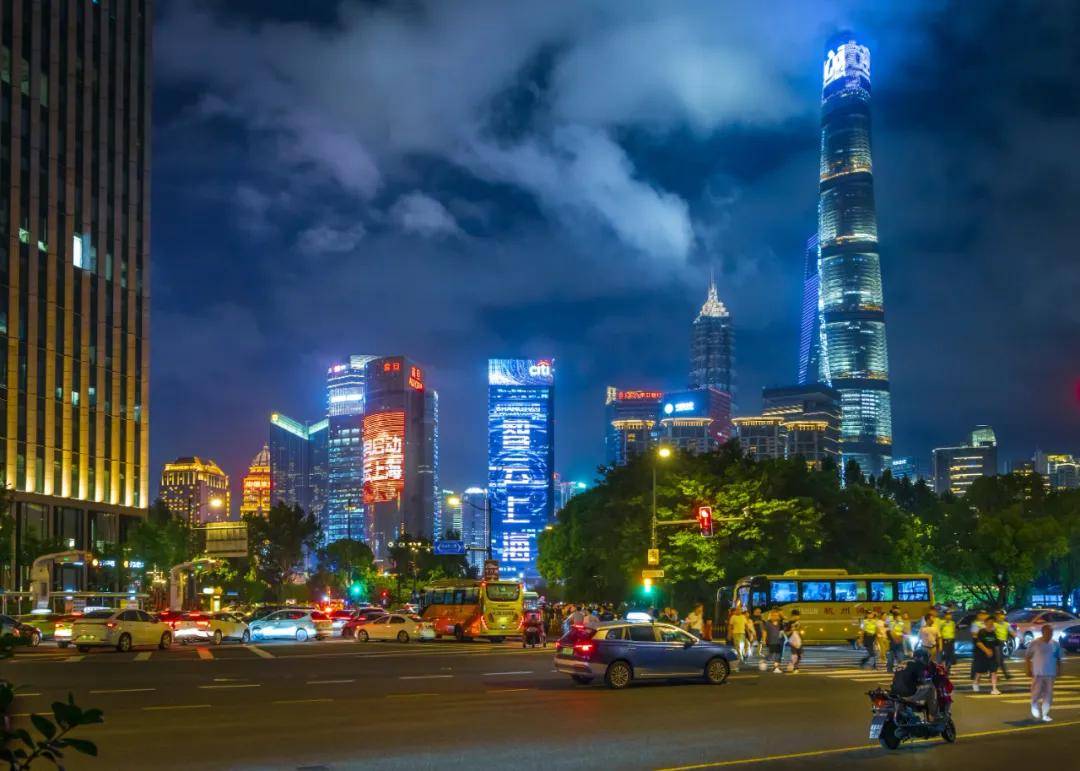
To use an analogy, Shanghai Telecom's "Smart Cloud Network" is like installing a "brain" and "senses" on a traditional network, transforming it from a mere "megaphone" that only transmits information into a "smart butler" that can perceive, judge, and make decisions. It not only knows where the information needs to go but also knows who needs it most, how to deliver it fastest, and how to do so most securely.
Looking back at the history of network development, it is actually a history of intelligent evolution.
The first stage was connection-oriented, activating industries such as e-commerce, portals, and social media; the second stage was cloud-oriented, with the network starting to collaborate with computing power, driving the explosion of industries such as mobile internet, online education, and short videos; when AI becomes the main theme of the era, the first step in embracing AI is not to directly deploy models but to first set up an "operational" intelligent hub.
With an intelligent network, the "path" for AI applications has been cleared, but the next crucial question is: how to truly lower the threshold for intelligent transformation across all industries?
Different enterprises and industries have vastly different demands for AI, revealing structural challenges in computing power costs, computing power scheduling, model training, application landing, and other aspects.
The first is the high cost of computing power. The demand for computing power for large model training and inference continues to grow, with configurations of tens of thousands of GPUs making many small and medium-sized enterprises hesitate. Especially in traditional industries such as manufacturing, government affairs, and healthcare, computing power has become the first hurdle that cannot be overcome.
The second is the high threshold for model training. For most industry users, developing large models independently is extremely difficult, while open-source models have issues such as difficult domain adaptation and unstable accuracy. Finding a balance between general models and industry knowledge has become a common challenge in deployment.
And there is the fragmentation of application scenarios. Large models are not "plug-and-play" and involve many links such as data access, system integration, and security compliance. The "last mile" varies greatly across different industries, and insufficient standardization often leads to "pilot projects being feasible but difficult to replicate".
The key proposition in the AI era is not only "how powerful the capabilities are" but also "how simple the deployment is", which is also the question that "Smart Cloud Shanghai" aims to answer.
In the computing power system, Shanghai Telecom has built the city's main computing power pulse through an integrated computing power system of "2+M+X".
Among them, "2" represents the core hubs composed of the Lingang Smart Computing Center and Qingpu Smart Computing Center, providing powerful centralized processing capabilities as the "ballast stone" of computing power;
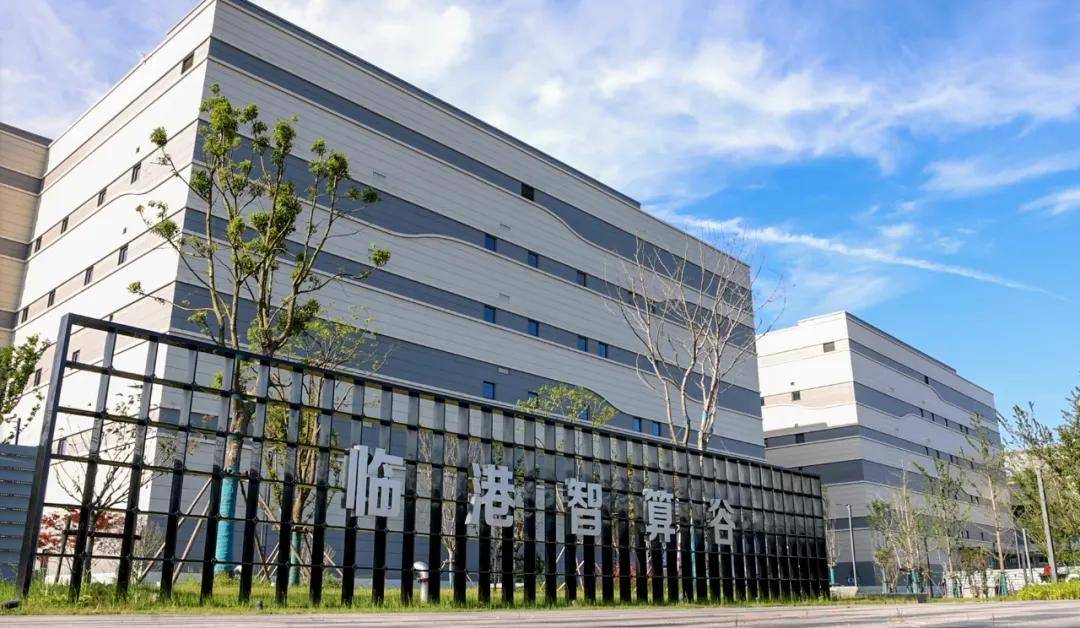
"M" refers to over 500 edge computing nodes that bring computing power closer to edge scenarios such as enterprise parks, factories, and transportation hubs, achieving low-latency response with "one hop reach";
"X" represents data centers in core urban areas. Currently, about 60 data centers have been upgraded and cover key areas such as financial districts and business hubs, forming "computing power capillaries" densely distributed throughout the city.
This also means that computing power costs will continue to be diluted under the effect of economies of scale. Model training and inference, which were once only affordable for large enterprises, will gradually benefit small and medium-sized enterprises, grassroots organizations, and even individual developers, allowing AI to truly "sink down and spread out", injecting momentum into every scenario in the city.
In terms of model capabilities, China Telecom's "Xingchen" large model serves as the intelligent core and technical foundation, laying the cornerstone for empowerment.
For example, Shanghai Telecom has independently developed the "Xingchen Government Affairs Large Model" based on the "Xingchen" large model. It has successfully passed the algorithm filing for deep synthesis services of the State Internet Information Office, obtained the highest level of 5A certification for trusted large models from the China Academy of Information and Communications Technology, and successfully served projects such as Shanghai's 12345 Citizen Hotline.
Based on the capabilities of the "Xingchen" large model, Shanghai Telecom has launched a public computing power service platform, providing one-stop services ranging from underlying IaaS computing power leasing, to PaaS model training toolchains, to SaaS applications integrating "Xingchen" capabilities, enabling enterprises to afford and effectively utilize AI.
During WAIC 2025, Shanghai Telecom's public computing power service platform built the "Smart Cloud Shanghai AI STORE" on top of the computing power supermarket and model supermarket. Enterprises can "hire" digital employees proficient in administration, legal affairs, publicity, R&D, customer service, sales, and other capabilities as needed. Among them, the Xiao series of AI Agents have already taken up their posts. "Xiaobengbeng" is a "commander" responsible for coordinating intelligent agents, "Xiaozhuren" excels at official document writing, and "Xiaolushi" is a legal expert.
In terms of industrial layout, Shanghai Telecom deeply integrates large models with key industries, continuously stimulating the fusion effect of the industry.
In response to the "Implementation Plan for Artificial Intelligence ‘Shaping Shanghai’" issued by the Shanghai Municipal Government, Shanghai Telecom has taken the lead in implementing several benchmark scenarios in key areas such as smart healthcare, smart manufacturing, and urban governance. By distilling experience and capabilities, it empowers the outside world with platform solutions, continuously extending from one enterprise to the entire industry, accelerating the transition of AI from technological breakthroughs to large-scale applications.
Behind these hidden benchmark scenarios lies the demonstration of the fusion path of "network + computing power + industry know-how", providing the industry with replicable and scalable reference answers: large models are no longer confined to "scientific research results" or limited to demonstrative demos but have truly entered production lines, hospital consultation rooms, and urban governance systems, becoming productive tools that are usable, easy to use, and dare to use.
In terms of humanistic care, the century-old public phone booths on the city streets have transformed into AI agents, making AI a "companion" in city life.
Through Agent services such as direct scenic spot reservations, easy hotel bookings, dining reservations, foreign guest communication/payment services, and registration to find famous doctors at the "Hello Old Friend Booth", Shanghai Telecom uses AI to make tourists "feel at ease", the elderly "feel secure outside", and citizens "feel worry-free" when handling affairs.
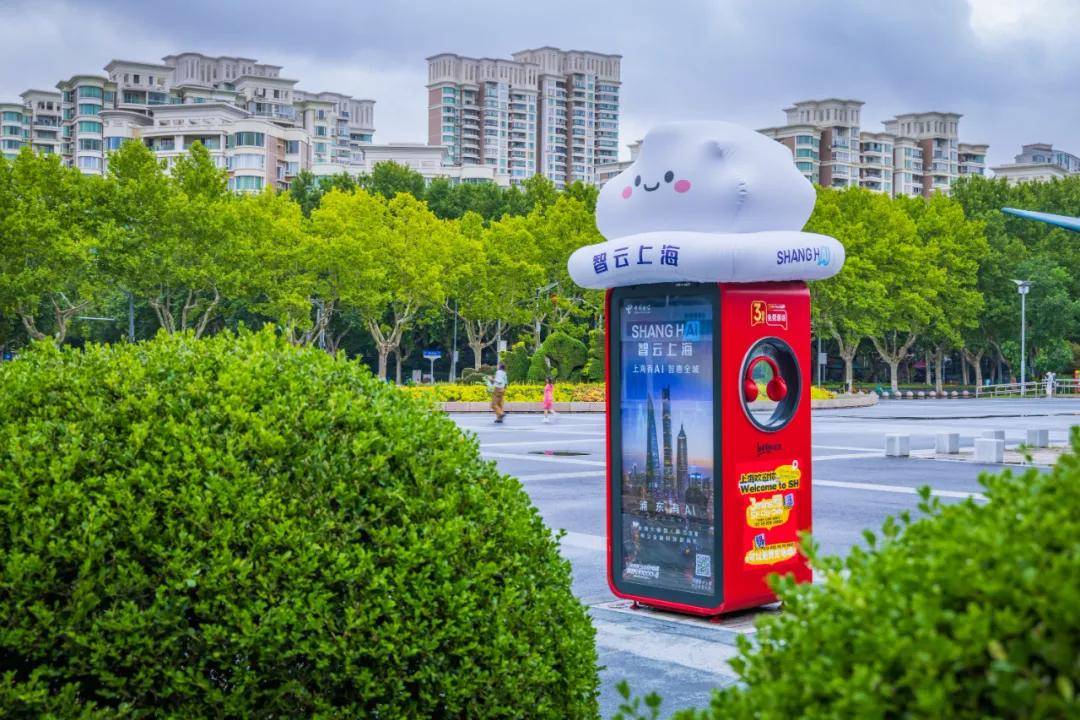
As of now, there are over 600 "Hello Old Friend Booth" locations in the core urban areas of Shanghai, serving over 2,000 people daily, with over 100,000 tourist inquiries and a route inquiry accuracy rate of up to 98%; government affairs consultations cover over 200 items with an accuracy rate of 95%; services such as pension inquiries and family calls are provided for the elderly, with over 5,000 emergency responses completed on average within 30 seconds.
From telephone booths of a century ago to AI-enabled "Hello Old Friend Booths," this transformation signifies not merely a rebirth of urban infrastructure, but a microcosm of modern, intelligent governance.
In Shanghai, we have witnessed the resolution of pain points such as mismatched supply and demand of computing power, delayed real-time responses, unaffordable AI for SMEs, and the general public's inability to utilize AI. Shanghai Telecom has made AI computing power as accessible and economical as water and electricity, transforming it into an instant, efficient public resource and a "daily tool for all industries."
All great cities strive towards the future, not only sustaining present life but also continually nurturing imagination and possibilities for tomorrow.
In China's urban evolution, Shanghai has always been a trendsetter, not merely keeping pace with trends but proactively defining directions, experimenting with paths, and exploring potentialities. Whether in economic structural transformation, industrial resource allocation, urban governance innovation, or systematic breakthroughs in AI, new urban infrastructure, and digital governance, Shanghai consistently leads the pack among Chinese cities.
On the topic of digital and intelligent transformation across industries and AI for all, Shanghai's approach and tangible outcomes significantly influence China's overall AI progress.
At WAIC 2025, "Shanghai has AI" is no longer a mere slogan but the most direct, profound perception among every visitor: from exhibition hall demonstrations to real-world applications in streets and alleys, AI has become Shanghai's "second language," inscribed into the city's industrial chain, ecosystem, and daily life.
Strolling through Shanghai's streets and alleys, one can't help but notice Lianjia's distinctive sprout green, deeply integrated into the urban fabric and becoming an integral part of people's lives.
As the city's pace quickens, Lianjia's store management is also quietly evolving.

Previously reliant on manual inspections, which were inefficient, slow to respond, and data-aggregation challenged, operational analysis was nearly impossible. In the first half of 2025, Shanghai Telecom crafted an "end-to-end, integrated" smart store solution for Lianjia, leveraging the Smart Cloud Network:
Cameras are no longer mere passive recording tools but the "eyes" of AI, offering real-time insights into store activities. Relying on Smart Cloud Shanghai's robust computing power and AI capabilities, video data is transformed from a dormant island into a valuable asset for analysis and decision-making. Especially during peak hours, AI-assisted customer flow analysis aids stores in allocating consultants more scientifically, further shortening customer wait times and notably reducing complaint rates.
Beneath these visible changes lies a novel intelligent chain management paradigm: "data as the foundation, AI as the backbone, and service as the soul." Chain stores can now access stable, elastic, near-field AI inference capabilities through the cloud, without deploying high-performance local servers, significantly lowering the threshold for enterprises' digital transformation.
Upon entering Schneider Electric's Kangqiao factory in Shanghai, the initial impression is the "slimmed-down control panel." The once bulky industrial computers and heavy computer cases occupying vast workspaces have been replaced by Telecom Cloud PCs, each the size of a monitor, redefining the world's perception of Industry 4.0.
The first label is "green." A traditional industrial computer consumes 420W per hour, a regular desktop 65W, whereas a Telecom Cloud PC consumes only 12W per hour. Empowered by Smart Cloud Shanghai's dynamic load balancing technology, the Kangqiao factory in Shanghai saves 76% of energy compared to standard industrial PCs and 97% compared to peak loads.
The second label is "reinvention." Based on Shanghai Telecom's cloud-network integration solution, the workflow of the Kangqiao factory in Shanghai is being redefined: "Plug-and-play" cloud computers eliminate maintenance downtime, significantly enhancing production efficiency. Real-time data monitoring via the cloud platform effectively avoids material shortages or overstocking, optimizing production resource allocation.
Numerous other cases abound.
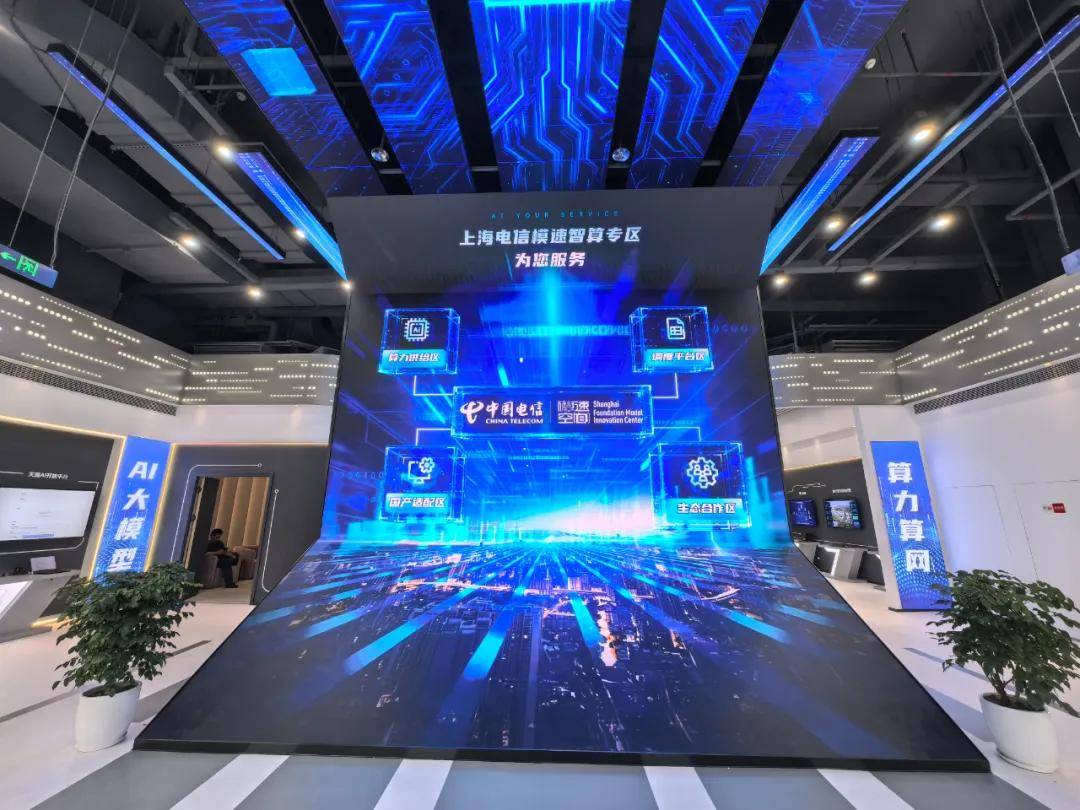
To cater to COMAC's large-scale serial development and AI planning implementation, Shanghai Telecom established a dedicated COMAC AIDC area in the Lingang Computing Center, achieving exclusive resource sharing through physical isolation, fulfilling COMAC's stringent requirements for large model training in terms of computing power density and stability.
To handle massive video processing and storage, the Shanghai Branch of Hangzhou Bank developed an AI video assistant based on the "Smart Cloud Network," enabling automatic capture and recognition of video surveillance content.
To manage fragmented knowledge and high-frequency customer inquiries in insurance consultations, a leading insurance company relies on Smart Cloud Shanghai's "XiRang" integrated intelligent computing service platform to deploy large models and intelligent agents as the "emotional center" and "knowledge interface" connecting users, enduring tens of millions of calls during peak periods...
Shanghai's most alluring aspect lies precisely here. Under the urban spirit of "infrastructure first, foreseeing needs, and serving in advance," AI has been tangibly embedded into daily life and integrated into industries, providing a Chinese model of "AI urbanization" with the governance courage and technological warmth of a megacity.
The blueprint outlined by "Smart Cloud Shanghai" is not merely Shanghai Telecom's technical strategy but also Shanghai's firm resolve as a city to advance towards a global AI highland.
It represents not only the construction model of new infrastructure but also embodies the profound evolution of urban governance concepts: from competing for industrial resources to computing power bases; from vying for project investments to ecological services.
In this blueprint, AI is no longer an exclusive resource for certain enterprises but a public resource accessible to all, akin to water, coal, and electricity. For enterprises, it's a new engine for cost reduction and efficiency enhancement; for citizens, it means smarter, warmer urban services.
From "city brain" to "factory hub," from "community assistant" to "AI STORE," Shanghai is accelerating the full integration of AI into the city across multiple levels of industry, life, and governance, guided by "Smart Cloud" and centered on "applications," interpreting a megacity's proactive response to intelligence.








